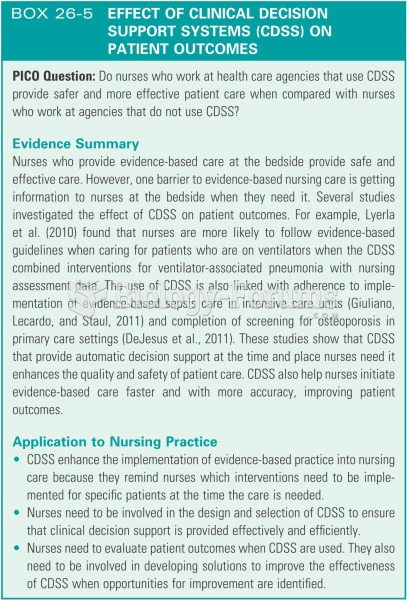|
|
|
Acetaminophen (Tylenol) in overdose can seriously damage the liver. It should never be taken by people who use alcohol heavily; it can result in severe liver damage and even a condition requiring a liver transplant.
A cataract is a clouding of the eyes' natural lens. As we age, some clouding of the lens may occur. The first sign of a cataract is usually blurry vision. Although glasses and other visual aids may at first help a person with cataracts, surgery may become inevitable. Cataract surgery is very successful in restoring vision, and it is the most frequently performed surgery in the United States.
The first documented use of surgical anesthesia in the United States was in Connecticut in 1844.
About 3% of all pregnant women will give birth to twins, which is an increase in rate of nearly 60% since the early 1980s.
Approximately 25% of all reported medication errors result from some kind of name confusion.
 Coral reefs, such as this one in the Red Sea, support some of the most diverse assemblages of organi
Coral reefs, such as this one in the Red Sea, support some of the most diverse assemblages of organi
 Clear the tarsals, metatarsals, and toes. Stand at the end of the table, support the plantar surface ...
Clear the tarsals, metatarsals, and toes. Stand at the end of the table, support the plantar surface ...





